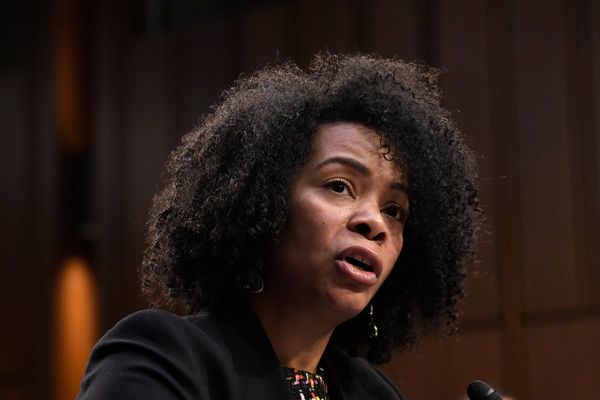
Newly homeless families now outnumber newly built social homes by six to one, according to official figures for England released on Thursday that expose the widening gap between increasing need and the availability of cheap homes.
Only 8,386 new social homes were built in England in 2022-23, while in the same period 52,800 households were accepted by councils as requiring help because they were homeless or in danger of becoming homeless. The analysis was conducted by the National Housing Federation.
Matt Downie, the chief executive of Crisis, a homelessness charity, said the construction figures were “a disgrace” and hid the “immeasurable human impact” of homelessness.
The gap is forcing councils to spend £1.7bn a year renting temporary and often overcrowded accommodation for more than 100,000 households, more than at any time in the past 25 years. Councils have warned the bill is forcing many town halls towards bankruptcy.
There has also been a 10% annual increase in the number of households threatened with homelessness because landlords have served them with a no-fault eviction, which the government had pledged to ban. And there has been a 19% annual rise in the number of households to which councils accept they owe a main homelessness duty. The number of households in temporary accommodation also hit a record high.
Homelessness Link, which represents campaigning charities, called the data “shocking”, and added that one consequence was families living in damp and mould. “Whoever forms the next government must build the 90,000 social homes per year we need, so people have affordable, secure homes to live in,” said Rick Henderson, its chief executive.
Social homes are built to provide the cheapest rent – typically at half local market rates – and while there has been a slight increase in construction from the historic low of the pandemic year of 2020-21, the output remains far below the 35,000 built in 2010-11 and the 44,000 built in 1995-96.
Housing associations said the problem was caused by government funding set at historically low levels after a 63% cut to the affordable housing budget in 2010.
Kate Henderson, chief executive of the National Housing Federation, said: “The chronic shortage of social housing is having wide-ranging impacts, not only for those becoming homeless and living in poverty and overcrowding, but also in the private rented sector, where increased demand from people who cannot access social housing has pushed up rents and, in turn, house prices. This is also costing the government – and indeed the taxpayer – huge sums, with costs of temporary accommodation, homelessness prevention and the housing benefit bill soaring.”
Last week, Sadiq Khan, mayor of London, announced a programme to help councils buy 10,000 existing private homes over the next decade to boost social housing stock, although that will not increase the overall supply.
The Department of Levelling Up, Housing and Communities said: “We know building more homes is also a part of the solution and we are doing so as part of our long-term plan for housing. This also includes our multi-billion-pound programme to build thousands of new affordable homes, with a large number for social rent. Our landmark renters reform bill will also give tenants greater security in their home, and last week we increased the local housing allowance so 1.6m low-income households will be around £800 a year better off on average next year.”







